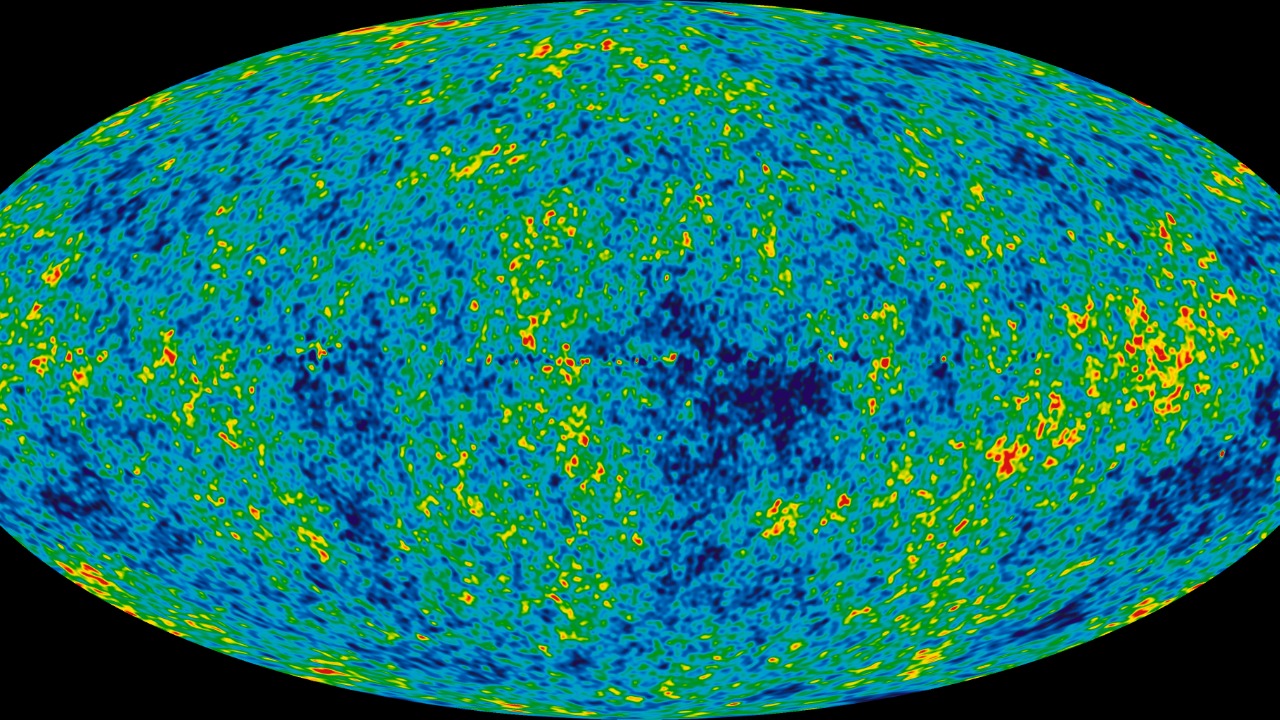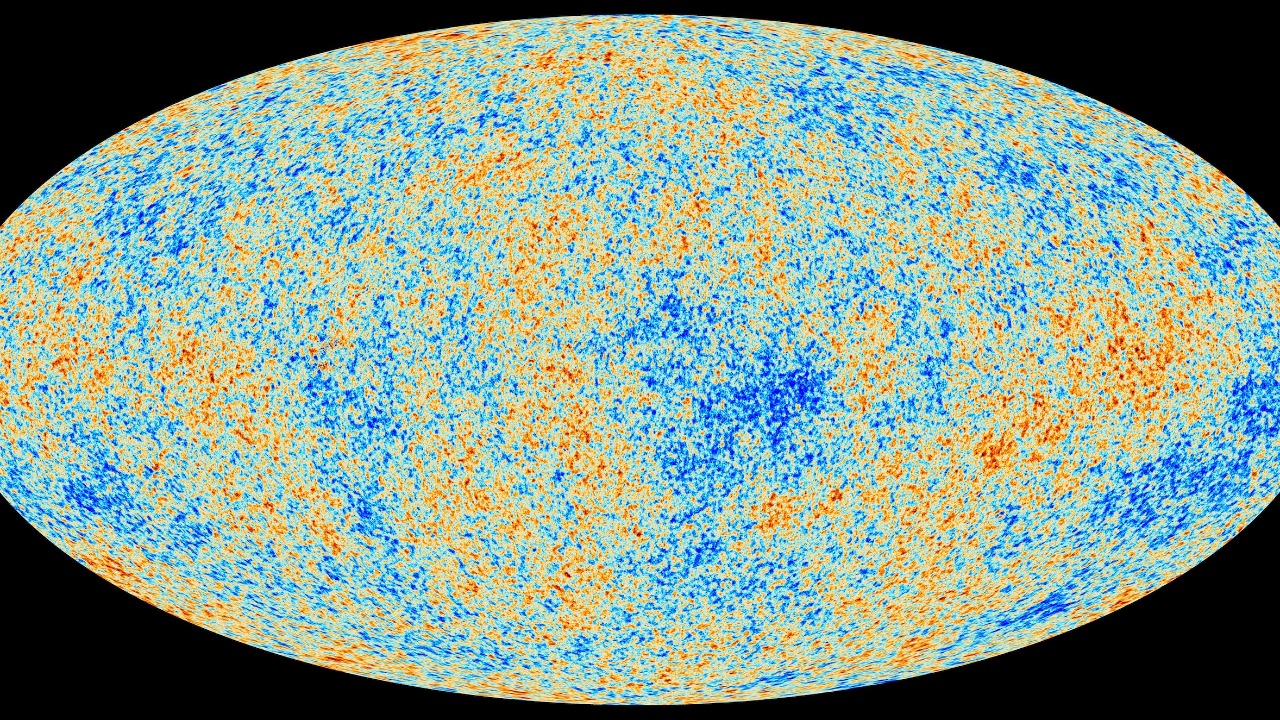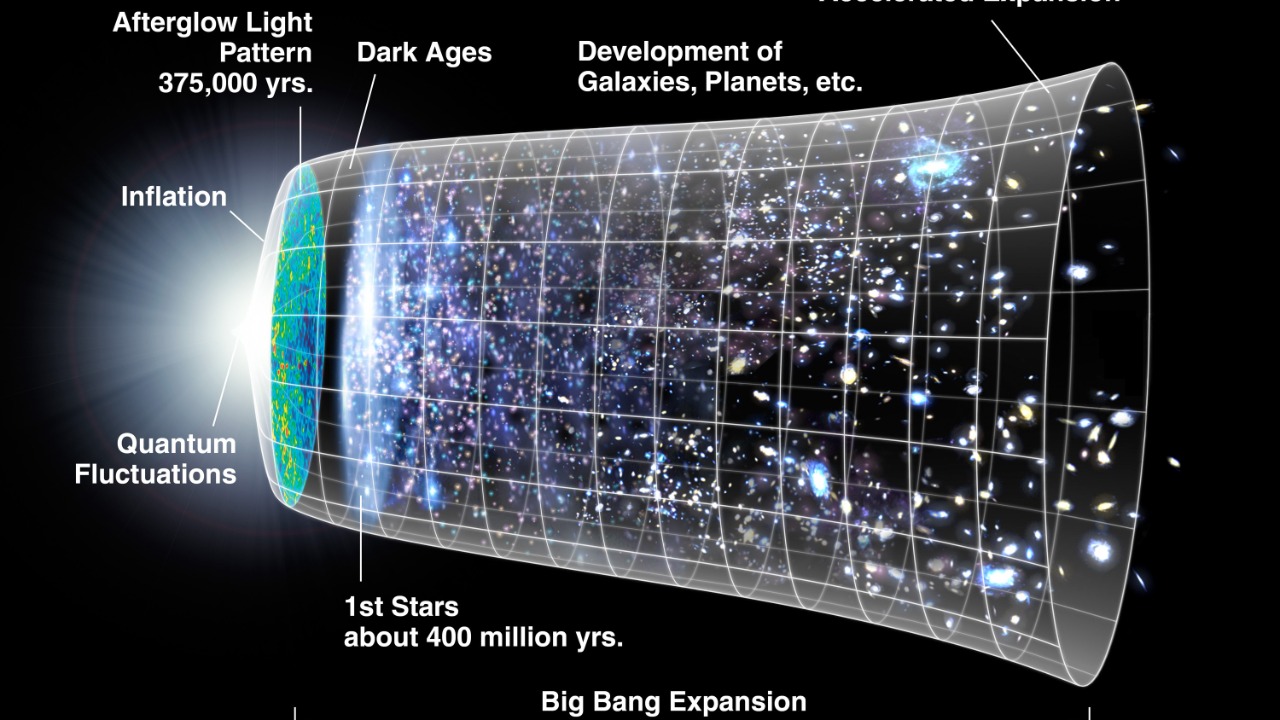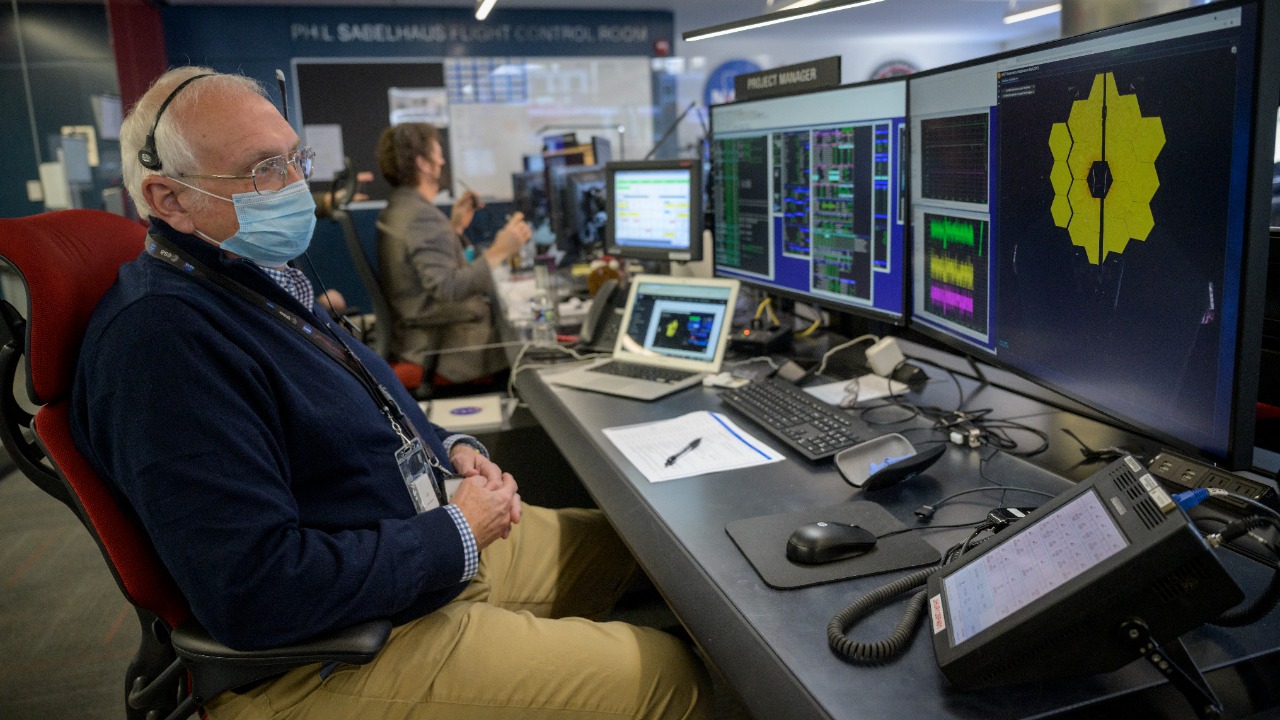
In a groundbreaking revelation, astronomers have substantiated that a perplexing “cold spot” in the cosmos could in fact be a massive void. This discovery not only challenges our existing knowledge of the universe but also opens new avenues of scientific inquiry and exploration.
The Discovery of the Cold Spot

The so-called “cold spot” was initially observed in the Cosmic Microwave Background (CMB), a relic radiation left over from the Big Bang. This discovery was made possible by advanced telescopes that allowed scientists to look back in time and space, providing essential insights into the early universe.
The cold spot, significantly colder than its surrounding areas, stood out as an anomaly. Its existence was a conundrum for astronomers as it did not align with the standard model of cosmology, which predicts a largely uniform CMB. This unusual characteristic of the cold spot has sparked significant interest in understanding its nature and origin.
The Theory of the Colossal Void

The puzzling nature of the cold spot led to the proposition of the “void” theory. In astronomical terms, a void refers to a region of space devoid of galaxies and matter. The void theory suggests that the cold spot might be a colossal void, an area much larger and emptier than any other known void in the universe.
The void theory is supported by a range of research findings and data analysis. For instance, a study published in the Monthly Notices of the Royal Astronomical Society presented evidence of a significant lack of galaxies in the region of the cold spot, bolstering the void theory. However, more research is needed to fully confirm this hypothesis.
Possible Explanations for the Void

The existence of such a colossal void in space raises intriguing questions about its cause. One possibility is that it could be a result of cosmic inflation, a rapid expansion of the universe after the Big Bang. Alternatively, the void could be a topological defect, a complex concept related to the shape and structure of the universe.
However, these explanations are not without contention. The void theory has sparked robust debates within the scientific community, with some experts arguing that the cold spot could be due to statistical fluctuations or observational errors. These conflicting theories highlight the complexity of our universe and the challenges in unraveling its mysteries.
Implications of the Void

The potential existence of a colossal void could have profound implications for our understanding of the universe. If confirmed, it could challenge the standard model of cosmology, which currently does not account for such massive voids. This discovery could compel scientists to reevaluate fundamental assumptions and theories about the universe’s structure and evolution.
Furthermore, the void could impact theories of physics, particularly those related to dark energy and gravity. As the void is a region devoid of matter, it could provide a unique setting for studying these elusive phenomena. This could lead to new insights and breakthroughs in the field of cosmology and physics.
Future Research and Unanswered Questions

Given the potential significance of the cold spot and the void, future research plans aim to further probe these phenomena. New missions and telescope technologies could enable more detailed observations and measurements, potentially resolving the current debates and uncertainties.
Yet, even as we strive to understand the cold spot and the void, they open up more unanswered questions and mysteries about our universe. From the nature of dark energy to the shape of the universe, the void presents a wealth of opportunities for scientific exploration. As we continue to delve into these mysteries, one thing is certain – our universe is far more complex and fascinating than we ever imagined.